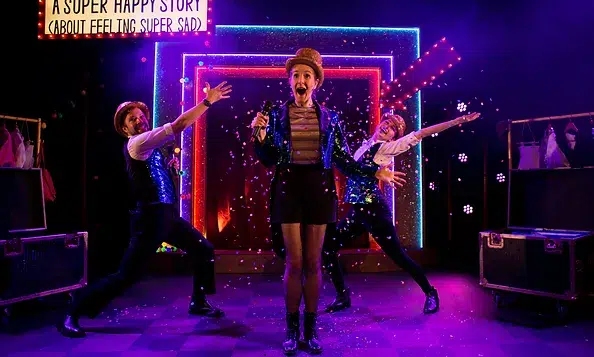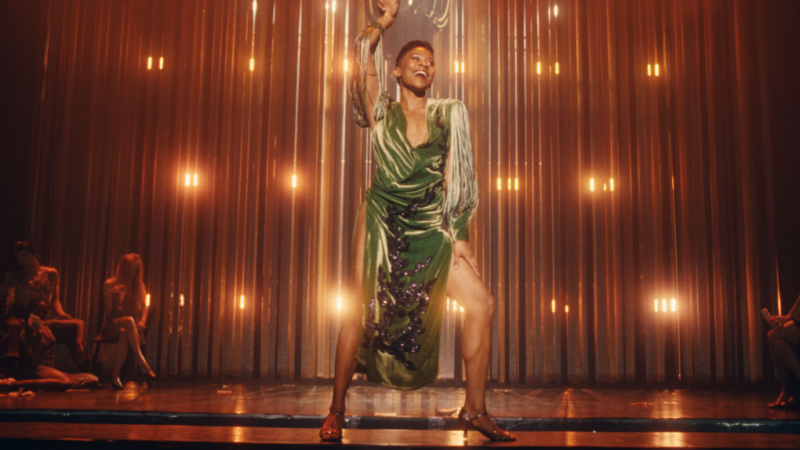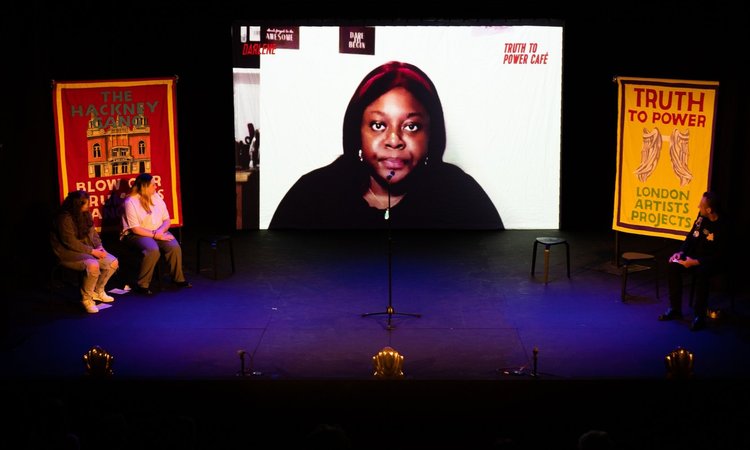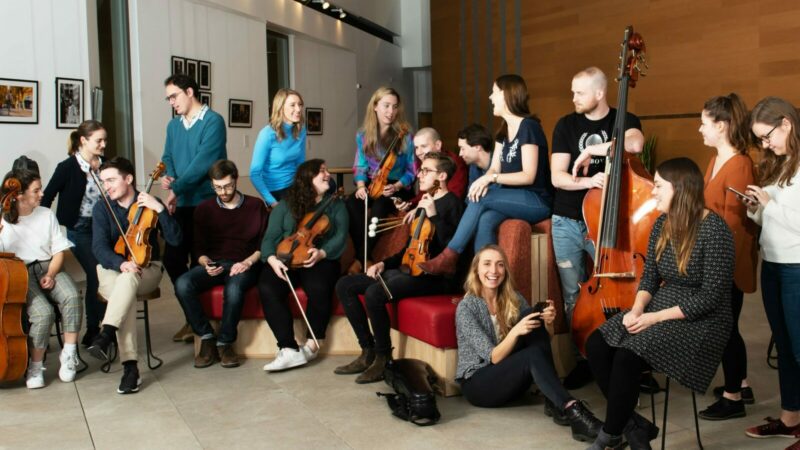In 2018 theatre producers Silent Uproar were looking for new ways to engage audiences with their critically-acclaimed musical, A Super Happy Story (About Feeling Super Sad). The show had already won an award for Best Musical at the Edinburgh Festival Fringe, and was heading overseas to tour in the USA. Sensing that there were opportunities to reach new audiences on different platforms online, the team decided to work with the storytelling site Upworthy. We look at how the partnership took shape, and how Silent Uproar adapted their content to appeal to Upworthy’s audiences.
Knowing your message
A Super Happy Story challenges taboos around depression by celebrating that ‘it’s ok not to be ok.’ Silent Uproar Associate Producer Martin Atkinson describes it as a nimble and intelligent piece of storytelling. “It’s great fun,” he says, “but it never fails to leave me on the floor – and I’ve seen it about 64 times.”
To tap into its important messages about mental health, the team had already partnered with the charity Mind to offer volunteers at live performances – if anyone in the audience identified with the feelings of the protagonist, Sally, they could talk to a volunteer to share their experiences and find support.
When Silent Uproar brought The Space on board to help grow their online audiences, Head of Programmes Rob Lindsay realised that Upworthy could be fruitful partners to spread news of the show. “We knew that the show’s positive mental health messages were crucial to its success and impact, so Upworthy seemed like a great fit with their uplifting news stories,” says Rob. The potential for a successful partnership was clear, but with a new platform came the need to talk about the show in a new way.
Finding the hook
Silent Uproar already had a high-quality trailer which they used for their own social channels, but when Rob sent the promo to the Upworthy team, they replied saying it wasn’t quite right for their audiences. “They were interested, but they needed more story beats.” At the same time, the team realised that the so-called ‘most miserable day of the year’ was round the corner – the third Monday in January.
“It was a great opportunity to deliver a positive mental health message,” says Rob, “and suddenly we found ourselves with a tight deadline to turn around a new social video for Upworthy.”
Rob cut the video material into a new form, using text on screen to tie in to ‘Blue Monday’, and included additional material showing how effective the piece had been with the communities who had seen it. Upworthy loved it, and the new cut went out in time for the January deadline with the hashtag #ItsOkNotToBeOk. “The new trailer focused less on Sally’s story, and more on the message that it can be fun to talk about depression – it was the hook that Upworthy needed,” says Martin.

Partnership working
The Upworthy film was watched 40,000 times, far exceeding Silent Uproar’s targets and extending the reach of the show. “Through Upworthy we reached an international audience just in time for its USA tour,” says Rob, “and those audiences connected primarily through their interest in mental health – they might not ordinarily have looked to the arts for this kind of discussion.” Off the back of the coverage from Upworthy, the Silent Uproar team also reached out to mental health charities in the USA, enabling them to raise awareness of a sensitive and difficult topic.
But the partnership with Upworthy revealed how focused online content has to be in order to find new audiences on other platforms. “You are essentially creating new content for your partner,” says Martin. “We had no capacity to do that in-house at the time, but I now work with a Content Creation Manager whose job is dedicated to producing really focused pieces of content like this.”
Top tips
- Know what message you want to deliver
- Work creatively with your partner to find the hook for their audience
- Dedicate time and resources to produce focused online content.
How useful was this resource?




